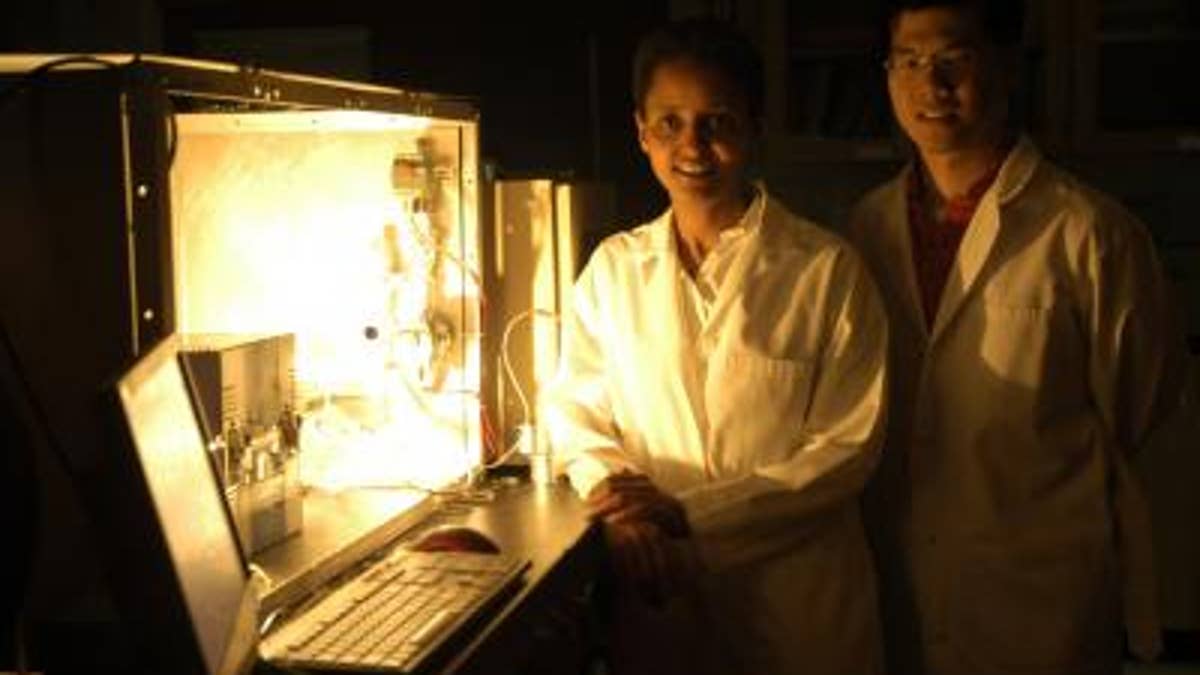
In the reactor, sunlight heats a ceria cylinder which breaks down water or carbon dioxide, just like plants do. (Caltech)
Researchers have unveiled a prototype reactor which mimics plant life, turning the Sun’s energy to make hydrocarbon fuel.
Developed by a team of scientists from the United States and Switzerland, The solar device uses the Sun’s rays and the metal ceria, or cerium oxide, to break down water or carbon dioxide into energy which can be stored and transported.
Harnessing the power of the sun has been but a pipe dream as conventional solar panels must use the power they generate in situ. With the ceria fueled reactor, this issue is solved.
The scientists, which include Caltech professor Sossina M. Haile and Swiss Institute of Energy Technology professor Aldo Steinfeld, wanted to figure out a way to harness the sun efficiently, without incredibly rare materials. They decided on ceria, a relatively abundant “rare-earth” metal with very special properties.
The reactor takes advantage of ceria's ability to "exhale" oxygen from its crystalline framework at very high temperatures and then "inhale" oxygen back in at lower temperatures.
"What is special about the material is that it doesn't release all of the oxygen. That helps to leave the framework of the material intact as oxygen leaves," Haile explains. "When we cool it back down, the material's thermodynamically preferred state is to pull oxygen back into the structure."
Conceptually, the device has boundless potential with its ability to break down water into hydrogen fuel and oxygen or carbon dioxide into carbon monoxide and oxygen, key ingredients for the fuel cell component methanol. Because they are broken down thermochemically, the resulting fuel is easy to transport.
But the prototype is still in its infant stages and extremely inefficient, harnessing only 0.7% to 0.8% of the solar energy it absorbs with most lost through heat or re-radiation. The researchers are confident they can reach levels of around 20% which would make the device commercially viable.
